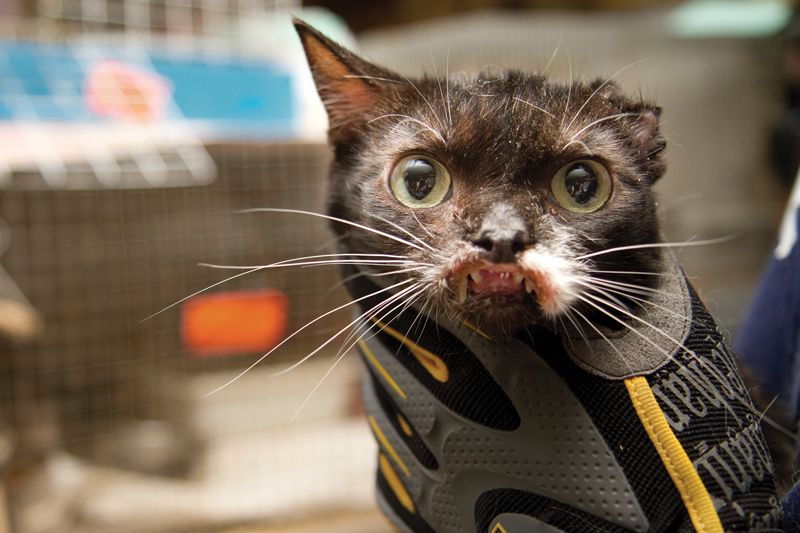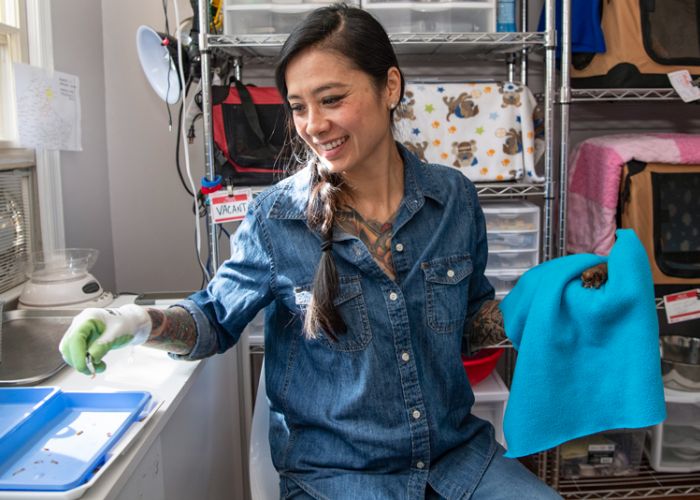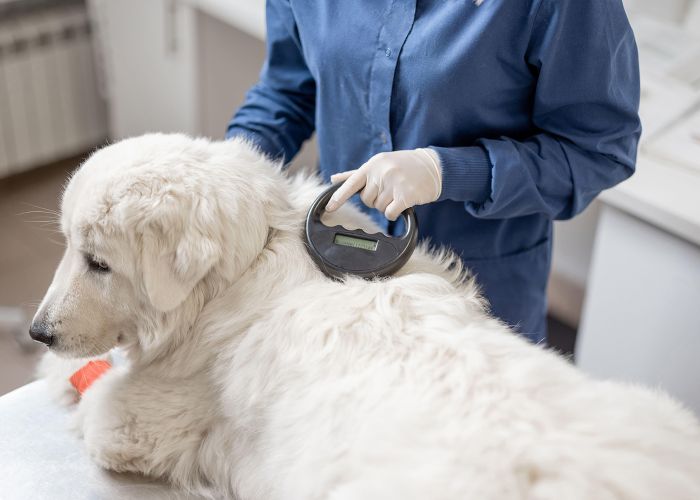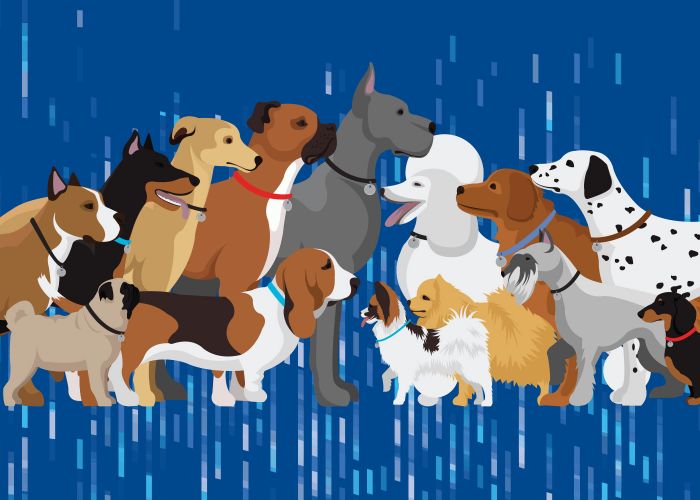Making the case against animal cruelty
New manual helps officers report incidents to the FBI

The evidence couldn’t have been clearer, because the perpetrator videotaped his crimes on his phone. In one video, the man wraps his girlfriend’s cat in duct tape and taunts the animal. The other recording, dated three weeks later, shows the same man beating his girlfriend so badly she would end up in the hospital. (Fortunately, the cat and the woman survived.)
Both videos were disturbing, says Chris Brosan, former manager of strategic campaigns and special projects at The HSUS. But only one of the crimes—the assault on the girlfriend—would appear in national crime statistics.
The case occurred in 2014, when Brosan was working as an animal control officer (ACO) in Loudoun County, Virginia, and serving on the county’s domestic abuse response team. Because many ACOs aren’t trained as law enforcement officers, they couldn’t submit reports to the National Incident-Based Reporting System (NIBRS), the FBI’s national crime-tracking database. And in any event, reporting such crimes to the system wasn’t very useful, because they were simply lumped together with a slew of unrelated offenses under an “other crimes” category.
It took years of lobbying by animal protection and public safety advocates, but the NIBRS now includes four separate categories of animal cruelty offenses. And a resource introduced earlier this year is aiming to make ACOs a key part of a long-awaited national database of animal cruelty statistics.

The NIBRS User Manual for Animal Control Officers and Humane Law Enforcement, published in February by the Animal Welfare Institute (AWI) and the National Animal Care and Control Association (NACA), guides officers through the NIBRS process.
The manual explains NIBRS data collection and reporting procedures, answers frequently asked questions and contains a template report form. Knowing what to report and how to report it will help agencies share critical data with the FBI that will in turn help law enforcement and animal welfare advocates measure the prevalence of different types of animal cruelty, identify trends and direct resources appropriately.
“The data will inform policy and program choices and allow us to see if they’re successful,” says Mary Lou Randour, AWI senior adviser for animal cruelty programs. Randour was part of the 12-year effort to include animal cruelty as a separate category in national crime reports.
The manual also addresses some of the challenges associated with NIBRS reporting. To submit their data, animal control and humane law enforcement agencies must partner with police or sheriff’s departments. The NIBRS manual includes a template memorandum of understanding that can be used to formalize partnerships.
When the FBI started tracking animal cruelty in January 2016, the agency also recategorized such incidents as Group A crimes, the same category as homicide, arson, burglary and robbery.
“There’s a definite link between animal crime and human crime,” says George Harding, NACA executive director. “[NIBRS data] will help bring to light how prevalent this is, and that this is a problem and we need to combat it.”
Once patterns in the data emerge, says Brosan, the role of the ACO could shift dramatically.
“Once the public is aware of the amount of animal crime that occurs and its connection to human crime is reinforced by the data, I think we’ll see the ACO role transition into a more traditional law enforcement role, with similar training and benefits,” Brosan says. For example, entry-level training for ACOs in some jurisdictions lasts just a few weeks but could become longer and more sophisticated.
Since ACOs “are the first responders to many, if not most, incidents of animal neglect and cruelty,” NACA explains on its website, “this professional community must play a key role in ensuring accurate and comprehensive reporting of animal cruelty crimes.” The manual, which was developed with the FBI to ensure compatibility with NIBRS reporting standards, aims to make them fully equipped for that role.
“It’s a great resource,” Brosan says, “and simple to use.”







